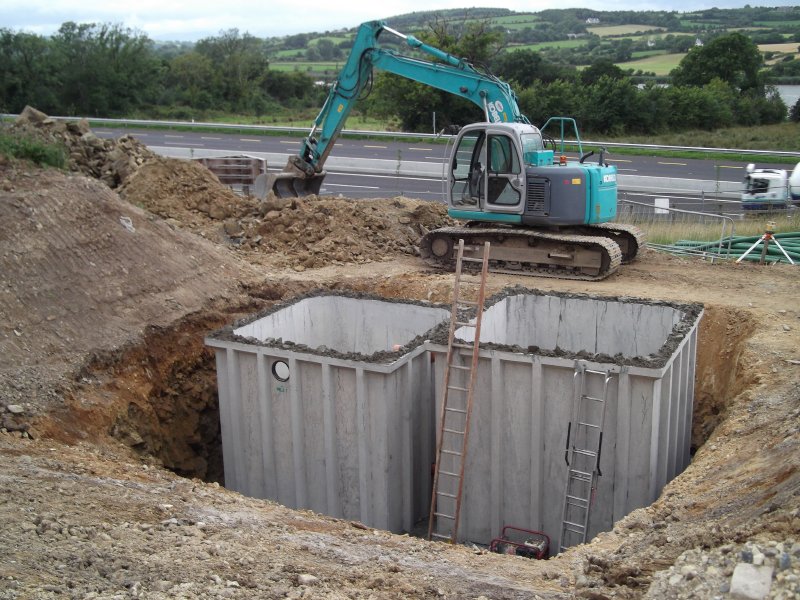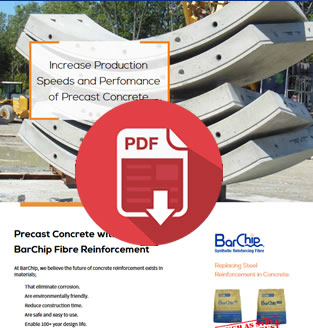Optimise the Design of Your Precast Elements with Finite Element Analysis
One of the first companies in Europe to utilise the benefits of BarChip synthetic fibers in precast elements was Malloy Constructions from Ireland. Molloy was contracted to design and construct a series of tanks for an ambitious new waste water treatment system in Ireland.
The tanks in question were 2.84m square by 2.6m high with a capacity of 15,000L and dry weight of 10,000kg without the lid. The tanks would be subjected to very high stresses and repetitive loadings as they would be filled and emptied every 15 minutes.
The primary concern from Molloy was durability of steel reinforcement. The original design called for an increased concrete cover, creating both weight and production problems. Finite element analysis from Barchip provided the solution to the problem. Engineer Shane Fox of Molloy Precast explains;
“For these projects we wanted to offer real value for money to both the user and the government… and we knew that the steel would not be the ideal solution, as corrosion would eventually occur and reduce the lifespan.
Barchip not only provided the answers we were looking for in terms of calculations but its design service was able to suggest improvements that made the tanks better. The fibers were so easy to work with. We didn’t have to change our concrete designs and were able to produce tanks far quicker than before and with less labour.”
Barchip supplied BarChip Macro 40 structural reinforcement. Approximately 1 tonne of fiber was used across the whole project, with dose rates varying depending on specific design requirements. Barchip’s design allowed the SCC mix to flow unhindered into the mould, allowed for a lighter overall structure and shortened the overall production cycle time.
Manufactures Benefits
- Automated in-process batching of fiber alleviates the need to install individual wire fabric by hand
- A safer working environment as it negates the need for workers to be near machinery and the need for lifting and bending steel reinforcement
- No requirements for stocks of steel mesh of varying sizes, making purchasing easier and increasing lay down areas
- Increased output and reduced manufacturing costs
Contractor Benefits
- Homogeneous reinforcement that extends to the edges of the precast item, reducing spalling and impact damage
- Reduced weight in some precast items
- No corrosion of reinforcement
- Reduced breakage during usage and storage
- Precast items can be cut on site in order to suit site obstructions
- No possible puncture injuries during installation
- 70% lower carbon footprint vs steel mesh





